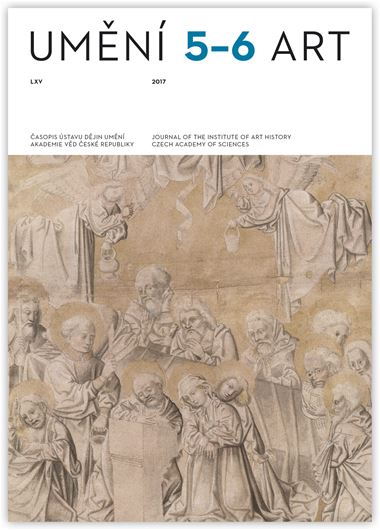Ingrid Ciulisová
The Painting from Spišský Štvrtok and Art around 1450
The article concerns the panel painting of the Death of the Blessed Virgin Mary (ca. 1440–1450) from the so-called Zápoľský Chapel of the Church of St Ladislav at Spišský Štvrtok. The picture is one of the most notable works of Gothic panel painting preserved in the territory of present-day Slovakia. Since it attracted detailed attention, it has been related to Nuremberg painting of the 1440s, mainly to the anonymous master of the Tucher Altarpiece. The panel has suffered from later interven- tions over time, so that a more informed opinion on this matter could only be formulated after comprehensive technological research and restoration, which was not carried out until the turn of the 21st century. Of equal im- portance for understanding the Spiš painting is the recent conservation of the Tucher Altarpiece, as well as the new infrared reflectographs taken of a large proportion of the works associated with the Master of the Tucher Altarpiece. Detailed analysis and comparison between the Spiš picture, the Erlangen drawing and the works attributed to the Master of the Tucher Altarpiece confirmed a more complex structuring of the artistic production of this Nuremberg master and his workshop. Thus the former assignment of the Spiš painting to the Master of the Tucher Altarpiece became less credible. We assume that the author of the Spiš picture was trained in an environment where International Gothic remained dominant (Prague or Vienna), and that he passed through the Nuremberg milieu of the 1440s, where he gained access to the drawn models of other painters working in the city, including those used in the circle of the Master of the Tucher Altarpiece. Additionally, he also appropri- ated various motifs from early Netherlandish painting. Technological analysis of the painting has explicitly excluded an origin in Spiš. However, archival research has so far yielded no firm evidence that could help to clarify the origin of this work and important questions still remain.
Full-text in the Digital Library of the Czech Academy of Sciences:
https://kramerius.lib.cas.cz/uuid/uuid:3fd0f015-42f5-4f88-a165-08b9904af9cc
< back

